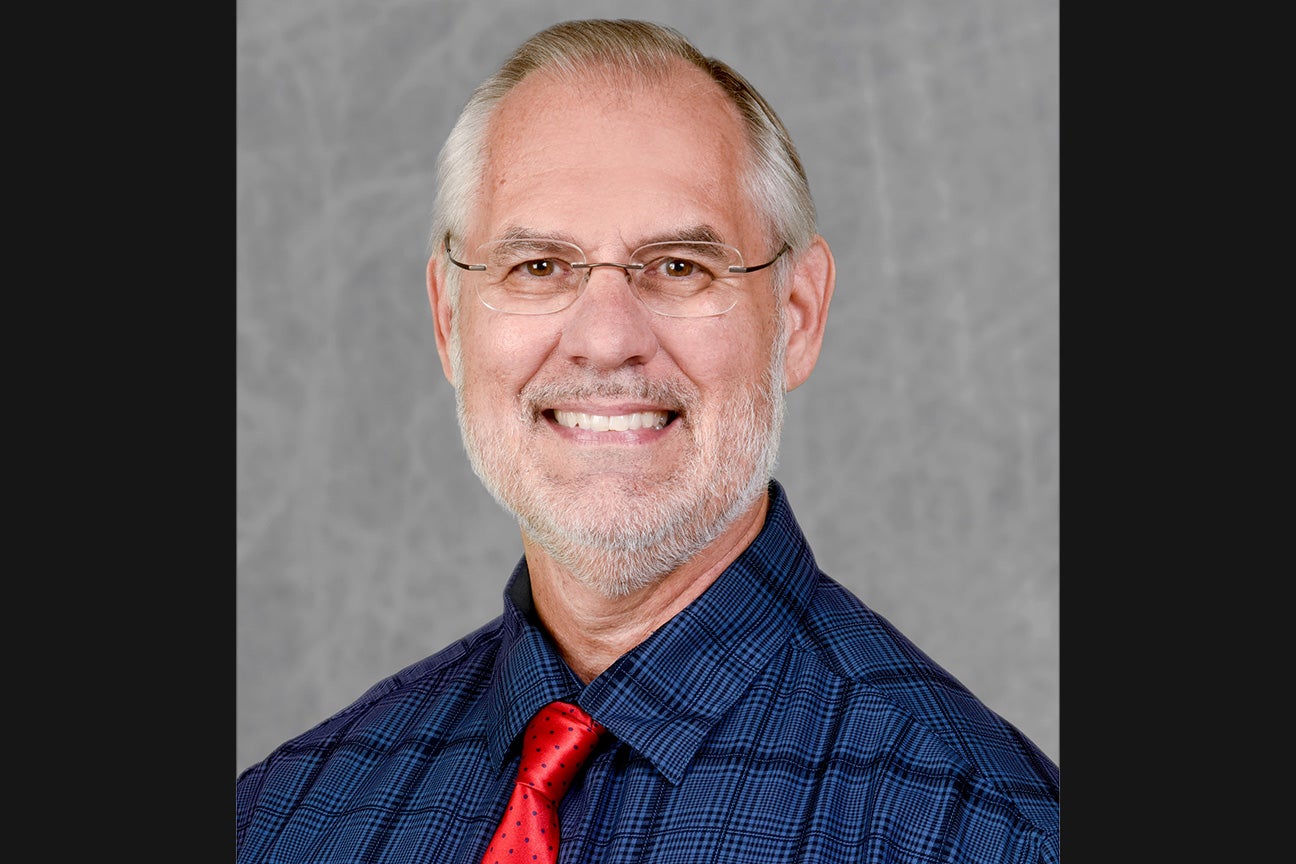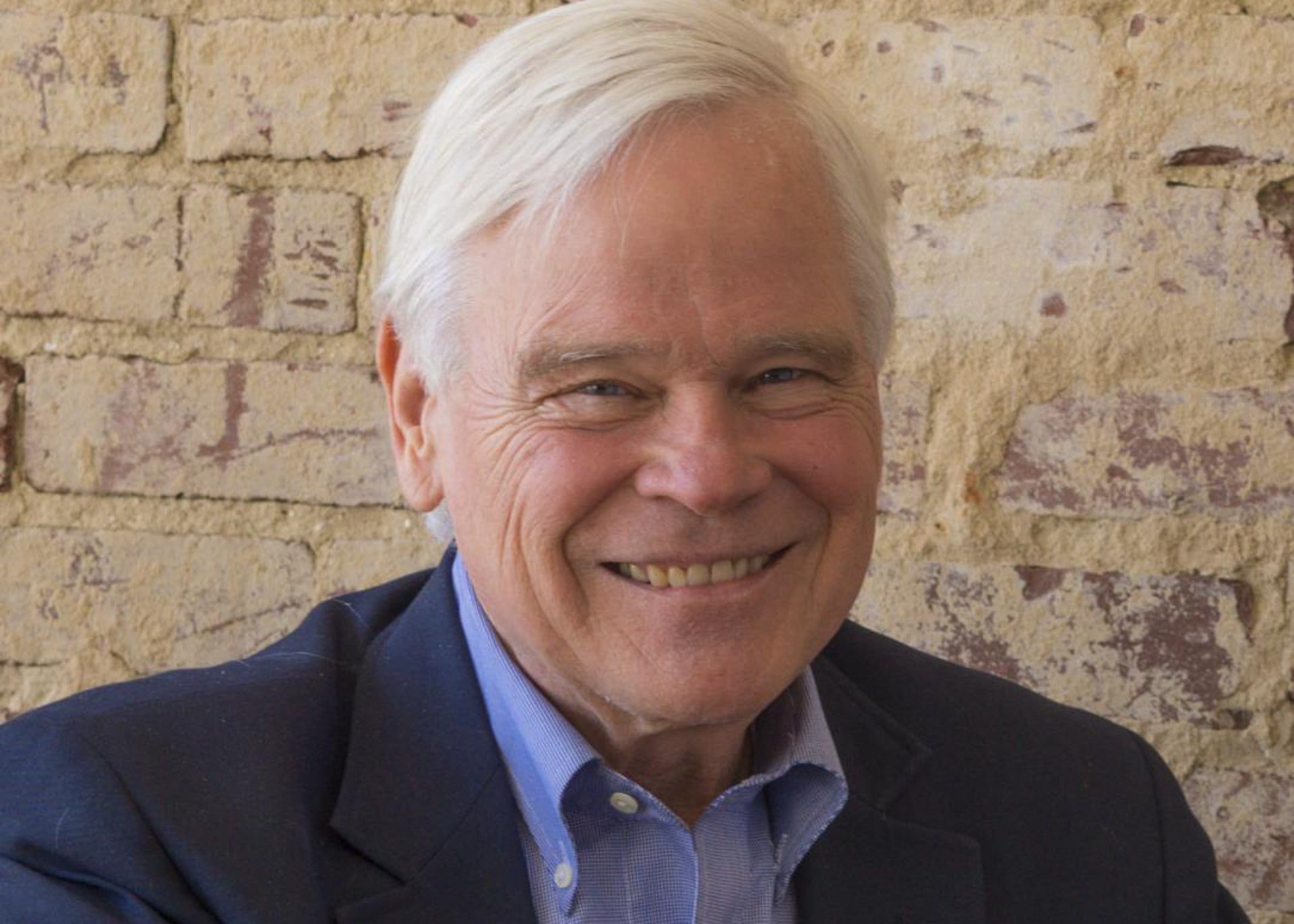The Nature Corner: Pirates
Published 4:27 pm Wednesday, January 22, 2020
By Ernie Marshall
What do East Carolina University, Robert Louis Stevenson and the U.S. Marine Corps have in common?
If you are an ECU fan, “Go Pirates!” is a much familiar and oft repeated phrase. But how did pirates become the symbol for the school?
Edward Teach, better known as Blackbeard, is perhaps the most infamous of the pirates, and ECU’s proximity to the coast and particularly to Bath, Blackbeard’s residence and “hide out” (along with Beaufort and Ocracoke), makes pirates a natural choice. There are several more specific accounts of how this connection occurred.
My favorite explanation trades on Blackbeard’s given name Edward Teach. ECU’s early history was as a teacher’s college – beginning in 1909 as East Carolina Teachers Training School and in 1921 as East Carolina Teachers College — becoming East Carolina College in 1951 and East Carolina University in 1967. The basketball team was, by this account, known as “the Fighting Teachers.” Eventually the segue was made from “teachers” to the name Edward Teach, and behold. “Pirates” certainly have a more “fighting” and winning sound to it than “teachers.” Having a cutlass clenched between your teeth makes a fiercer image than does a ruler placed there.
Now this sounds rather fanciful to me, so if any of my readers has come across another explanation, I’d love to hear it —and print it.
We can, however, make a stronger current connection between ECU and Blackbeard the pirate.
In 1996, the wreck of Blackbeard’s flagship Queen Anne’s Revenge was discovered about a mile offshore from Fort Macon State Park in 28 feet of water. To think, I had canoed in those waters and that directly below me the ship had rested unbeknownst to me and all for over 300 years since it ran aground in Beaufort Inlet in 1718.
ECU has been in the forefront of the recovery and restoration work all along, involving its program of Maritime Studies and Underwater Archeology, and Department of Engineering and Technology. One can visit its Queen Anne’s Revenge Lab and Museum at ECU’s West Campus and witness this work of discovery taking place. So far, some 400,000 artifacts have been recovered from the shipwreck, including a 12 foot anchor, over two dozen canons, cannon balls, pewter plates and bowls, storage jars, coins, jewelry and weapons. Some these specimens are now on display at the North Carolina Maritime Museum in Beaufort, the Graveyard of the Atlantic Museum in Hatteras and the North Carolina Museum of History in Raleigh.
To visit ECU’s Queen Anne’s Revenge Lab and Museum, call 252-744-6721 or go to the website qar@ncdcr.gov.
Blackbeard’s two-year pirating spree came to an abrupt end with his death on November 22, 1718, near Ocracoke Island. The Governor of Virginia Alexander Spots sent Lieutenant Robert Maynard with two armed sloops to capture or kill the notorious pirate. In the ensuing battle, Blackbeard and his men boarded Maynard’s ship and in the bloody fight, Blackbeard was killed. It was reported that he was shot five times and cut twenty times before finally being subdued. He was beheaded and his headed mounted on Maynard’s bowspit for the return trip to Virginia. There was literally a price on the pirate’s head. Blackbeard’s decapitated body was thrown overboard and legend has it that Blackbeard swam around the ship three times before sinking beneath the waves and into the land of legend.
There are many sources of pirate lore, but a classic of buccaneers and buries gold which has deeply shaped our imagination and understanding of pirates, is the novel Treasure Island by Robert Lewis Stevenson (1850-1894). Originated as a hand-drawn map and a tale told to his 12-year-old stepson, it gave us the memorable pirate prototypes of Jim Hawkins, the innkeepers son, probably modeled after Stevenson’s stepson; Captain Flint, who buried the treasure; Long John Silver, Captain Flint’s first mate and secret leader of the pirate band; Billy Bones, who discovered the treasure map; and other vivid characters. Long John Silver is probably the most archetypical, with a wooden leg and a parrot on his shoulder (modeled in part on a one-legged poet friend of Stevenson’s).
We can easily romanticize the pirate’s “occupation” of pillage and mayhem and typical unsavory carousing rum-drinking lifestyle. So, for a different perspective, consider the Barbary Pirates.
The pirates of the Barbary Coast of North Africa, of Tripoli, Tunis, Algiers and Morocco, terrorized the international waters of the Mediterranean, capturing cargo, ships and sailors for random from European and American shipping. The U.S. and European nations were paying extortion money to these hostile powers, but to little avail for protection. Finally, President Thomas Jefferson had had enough insult and sent a Naval and Marine force to blockade Tripoli Harbor and initiate a war – with Tripoli from 1801 to 1805 and Algiers from 1815 to 1816.
The U.S. prevailed, the pirates’ fleet was virtually destroyed and the acts of piracy ended. The U.S. Marines were actually brought into being under President John Adams, but first deployed by President Jefferson against the Barbary pirates.
The first line of the Marine Corp Hymn packs a lot of history. “From the Halls of Montezuma to the shores of Tripoli, we fight our country’s battles in the air, on land and sea.” “The shores of Tripoli” refers to the war with the Barbary Pirates and “the Halls of Montezuma” to the later Mexican-American War; and “in the air, on land and sea” pertains to the pirates’ tactic of taking a ship by coming along side and boarding the ship. Marines on board allowed for U.S. Navy vessels to carry a trained and armed force to confront the pirates.
Brian Kilmeade’s book Thomas Jefferson And The Tripoli Pirates is a good read on this interesting subject.
Questions or comments? Contact the author at marshalle1922@gmail.com.
RECENT COLUMNS:
Guest Opinion: Moving health care forward for the state and rural communities in 2020





